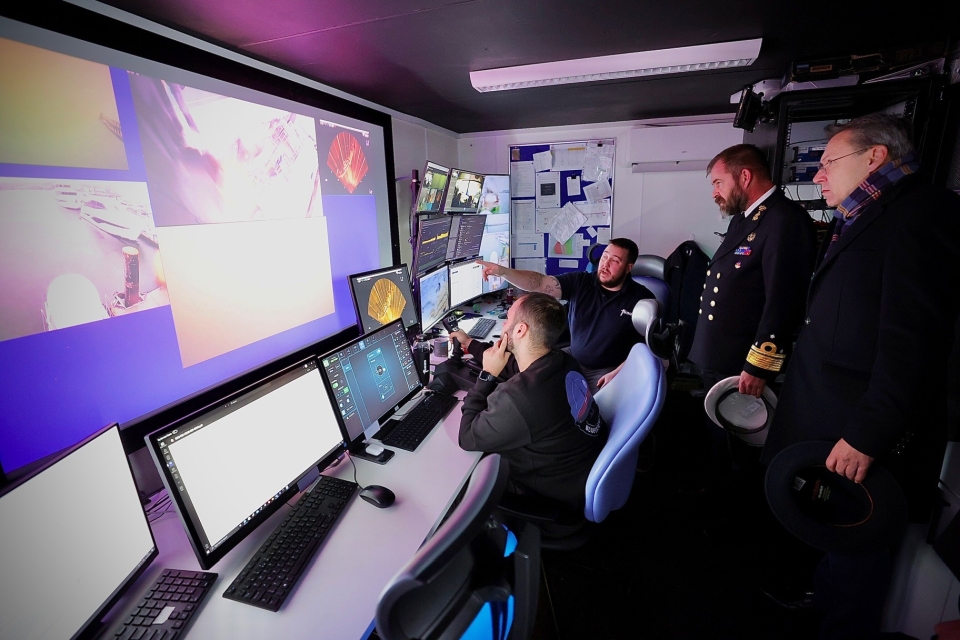The Netherlands is now conducting experimental research with Denmark, Germany, Finland, Norway and Sweden to protect subsea infrastructure, including pipelines and cables. On 7 December, the Seabed Security Experimentation Centre (SeaSEC) was opened in The Hague for this reason.
The purpose of the SeaSEC is to develop new techniques. Researchers in the centre are experimenting with new equipment to secure the seabed. It should enable governments to monitor infrastructure in the North Sea and Baltic Sea down to a depth of 30 metres. Think of internet cables, pipelines for oil and gas and platforms on which wind turbines are built.

The researchers will have access to a huge amount of data from military and civilian databases from the six participating countries. In sharing it, close attention is paid to ensuring confidentiality. Thus, information from involved parties may be classified or commercially confidential. One of their aims is to create a virtual image of the seabed, on which any threats to the subsea infrastructure will immediately become visible.
Also read: Dutch navy monitors North Sea infrastructure with minehunter
Test area of 10 x 10 nautical miles
SeaSEC also has a large test area in the sea of 10 by 10 nautical miles, or 18 by 18 kilometres. The area will be used among other things for trials of unmanned surveillance vehicles.
The establishment of the SeaSEC is part of the Northern Naval Capability Cooperation (NNCC) initiative. This collaboration between defence organisations from the six partners was officially endorsed on 7 December in Washington. The NNCC was launched to make the northern maritime industry stronger. This is necessary to have access to the best systems and equipment.
The intention is to eventually open SeaSEC sites in Sweden and Germany as well. Researchers can then test new techniques under different conditions, such as under sea ice.
Picture (top): Researchers will have access to a huge amount of data from military and civilian databases (photo by the Dutch Ministry of Defence).
Also read: Dutch Defence gets bigger role in protecting North Sea infrastructure








